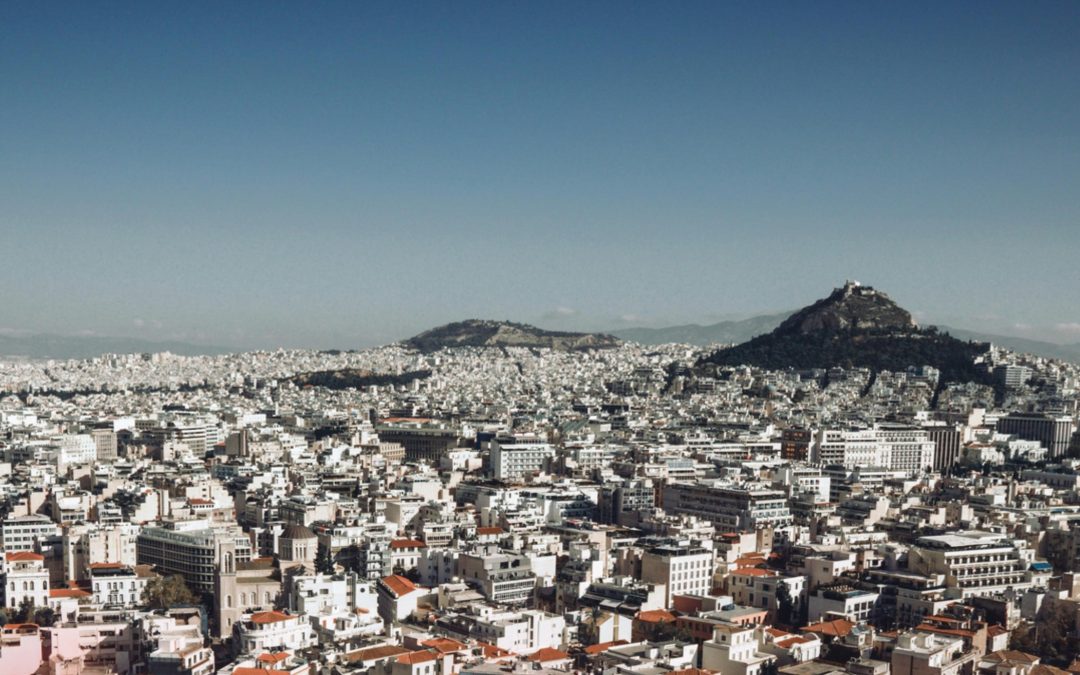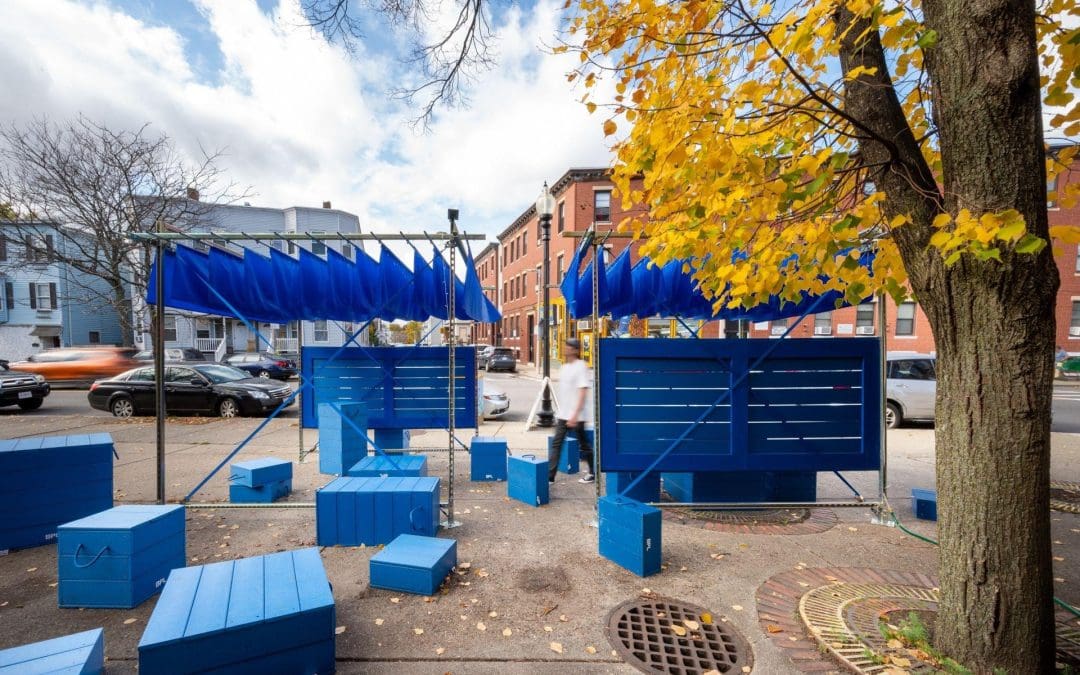Sea level rise is a growing risk for coastal cities around the world. By 2050, 800 million people and 570 coastal cities will experience a sea level rise of more than half a meter, threatening communities, damaging infrastructure, increasing erosion and causing substantial financial losses. Rapid urbanization further exacerbates the issue by disrupting natural flood defenses like mangroves, marshes, sand dunes, and wetlands, leaving cities more exposed to storm surges and flooding.
Traditionally, cities have responded by building higher flood barriers and dikes, but these solutions often increase the risk of flooding, restricting the foreshore’s ability to absorb wave energy, storm surges, and runoff. So, what if cities worked with water instead of against it?
The first Cities on the Frontline session of the year brought together a panel that challenges traditional approaches and invites us to imagine a safe and sustainable world where we are more interconnected with water than ever before. Arnoud Molenaar, Global Director for Resilience and Partnerships at Square Floating Company, showcased how floating infrastructure offers scalable, climate-resilient solutions, enabling cities to expand onto water sustainably. Building on this, Maria Stamati, Business Development Manager for Urban Planning at MVRDV, presented insights from the Sea Level Rise Catalogue, a resource that helps cities explore a range of adaptive strategies—including floating solutions, elevated structures, and nature-based defenses—to develop tailored responses to rising sea levels.

Arnoud Molenaar
Global Director Resilience and Partnerships Square Floating City Company
“So far we have started to talk about living with water but we are already talking about living on water. 70% of earth is water so there is a huge opportunity here for coastal cities to use this space.”

Maria Stamati
Associate-Business Development Manager, Urban Planning, MVRDV
“It might seem hard to imagine, but we could live in a flooded landscape if we have to. What we can’t do is continue with the current status quo, building in ways that are not flexible, not sustainable and not resilient.”

Fitse Gelaye (Host)
Regional Engagement Coordinator, Africa and Senior Manager, Programs Resilient Cities Network
“Although coastal cities have adapted by building higher dykes, these traditional approaches are no longer keeping up with the demands of climate change and increased urbanization.”




